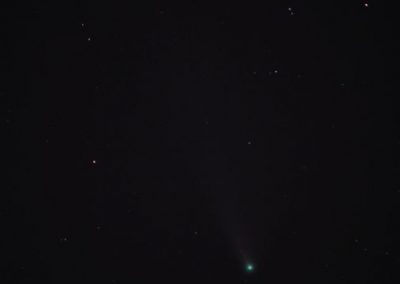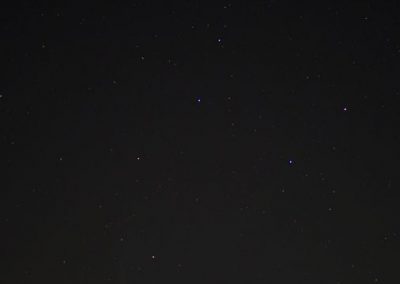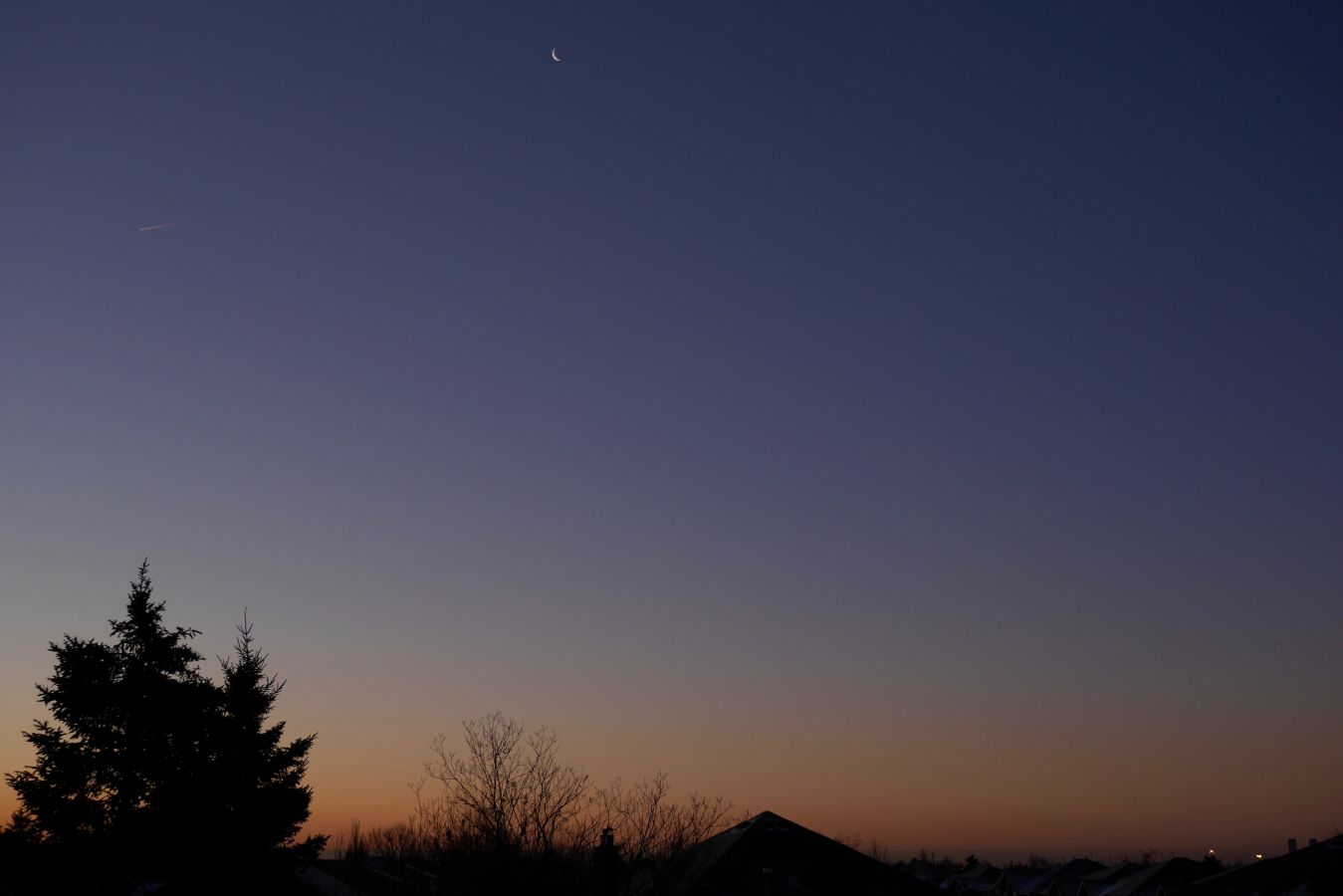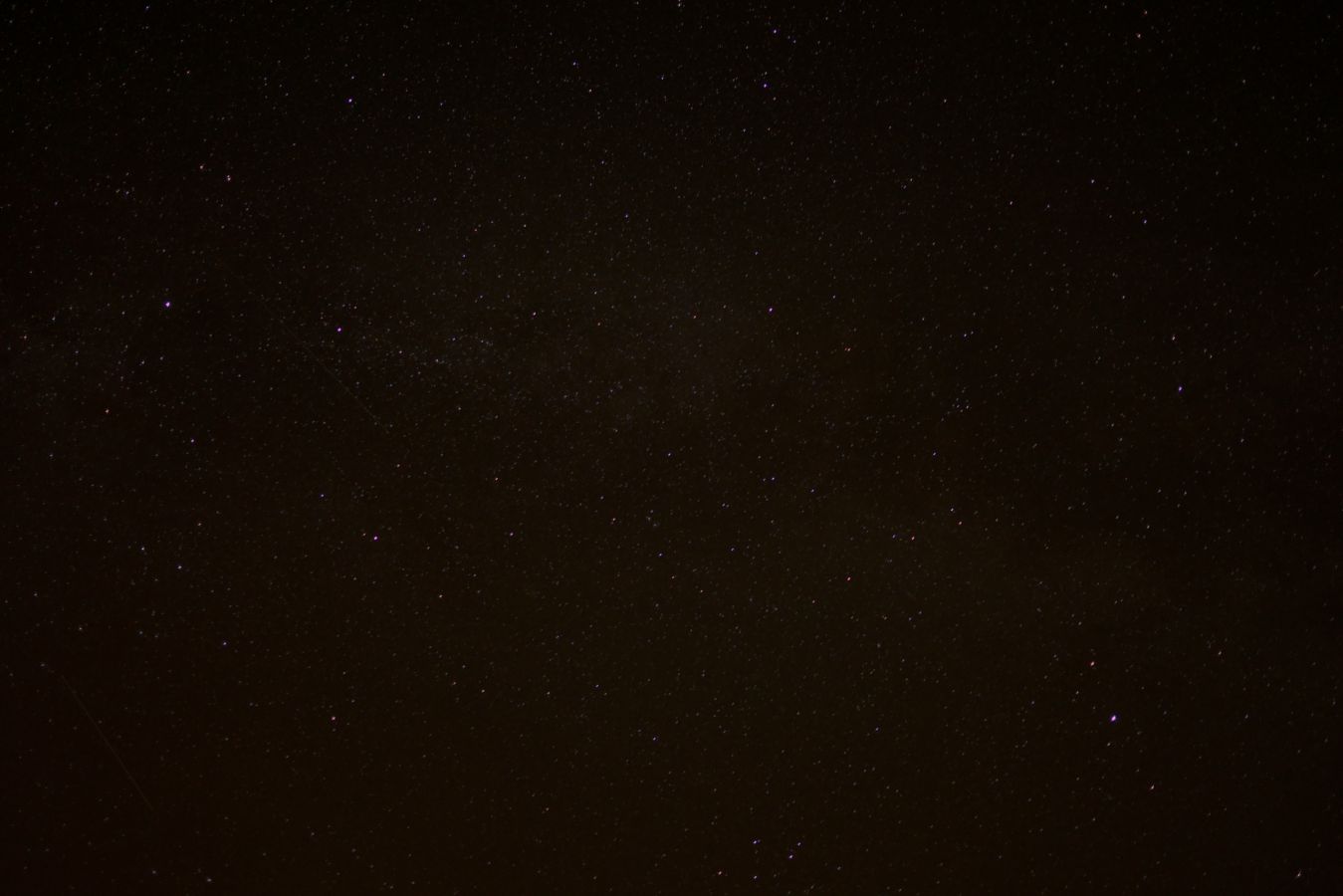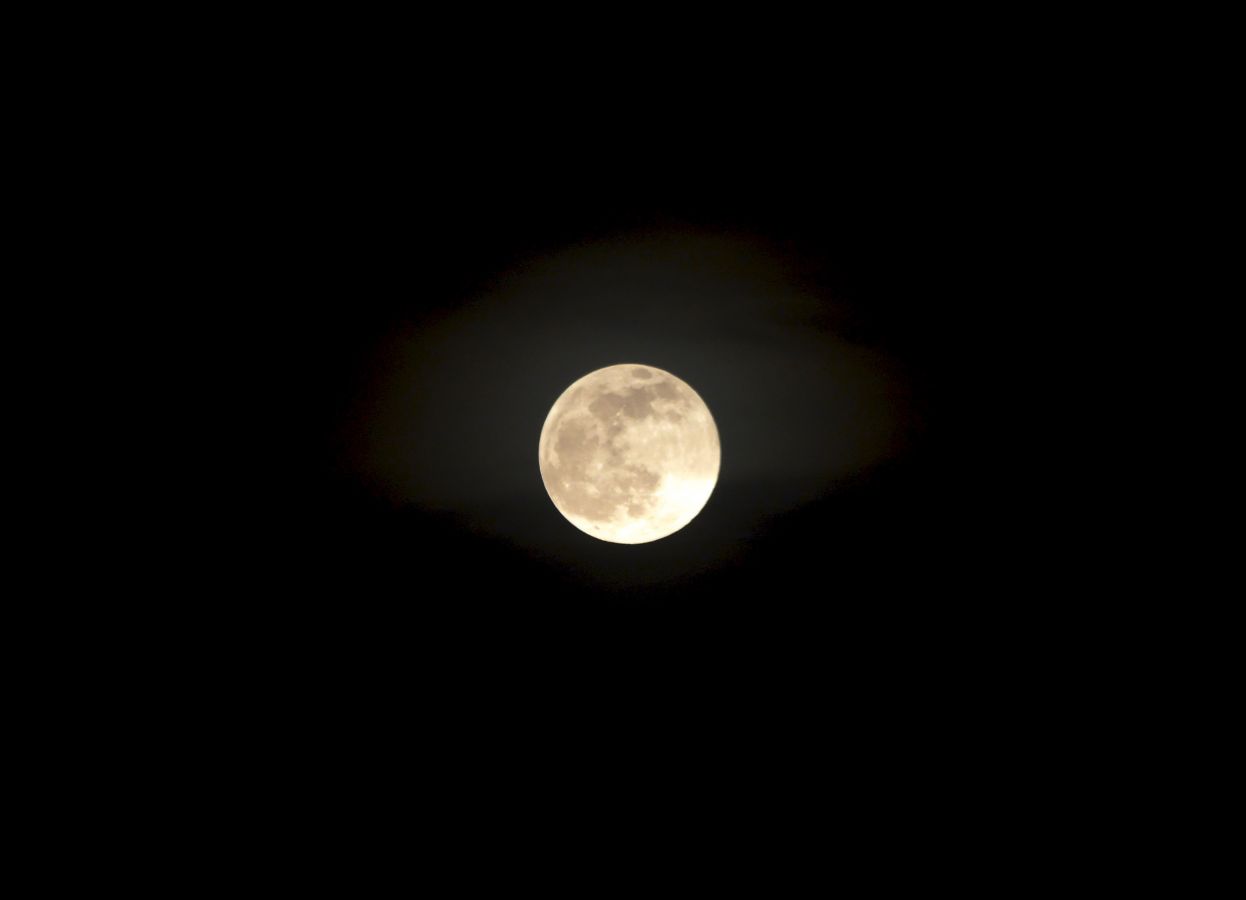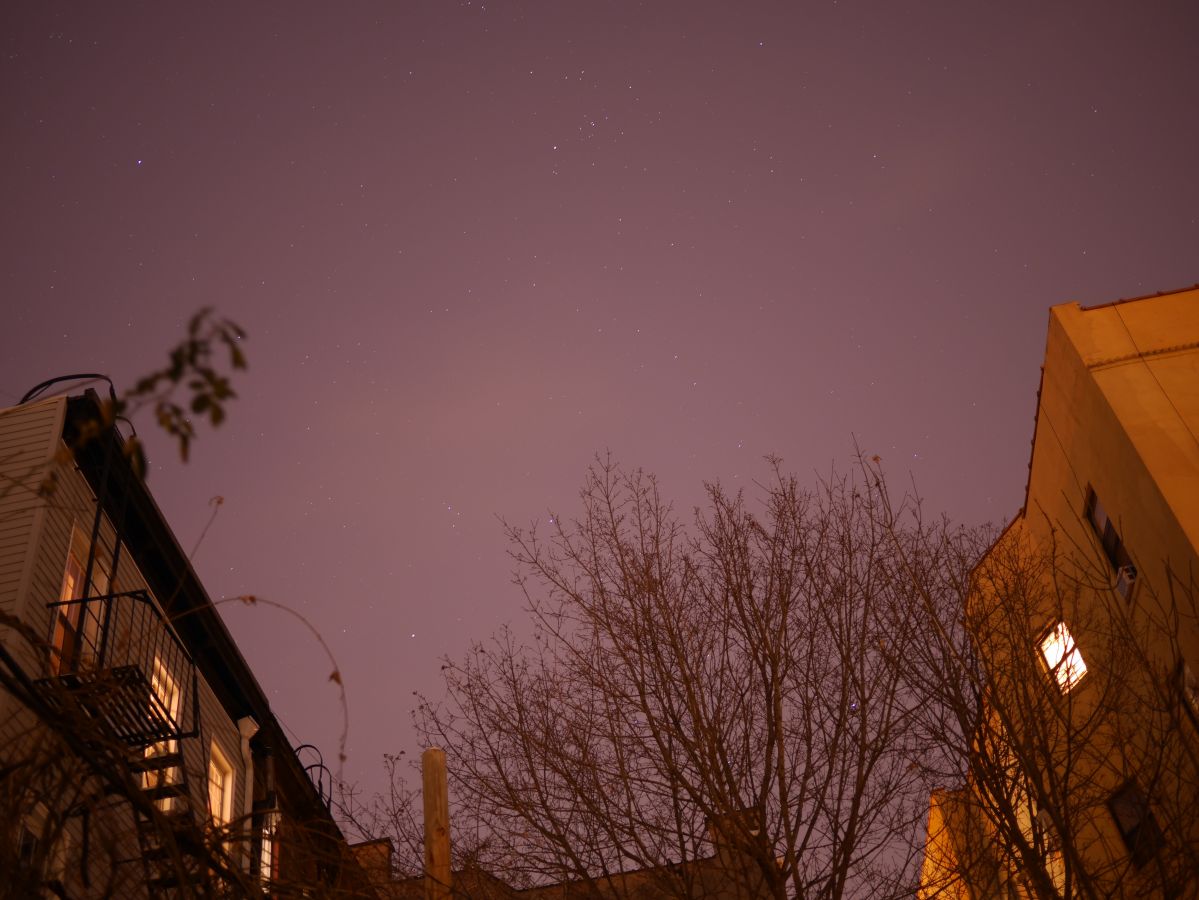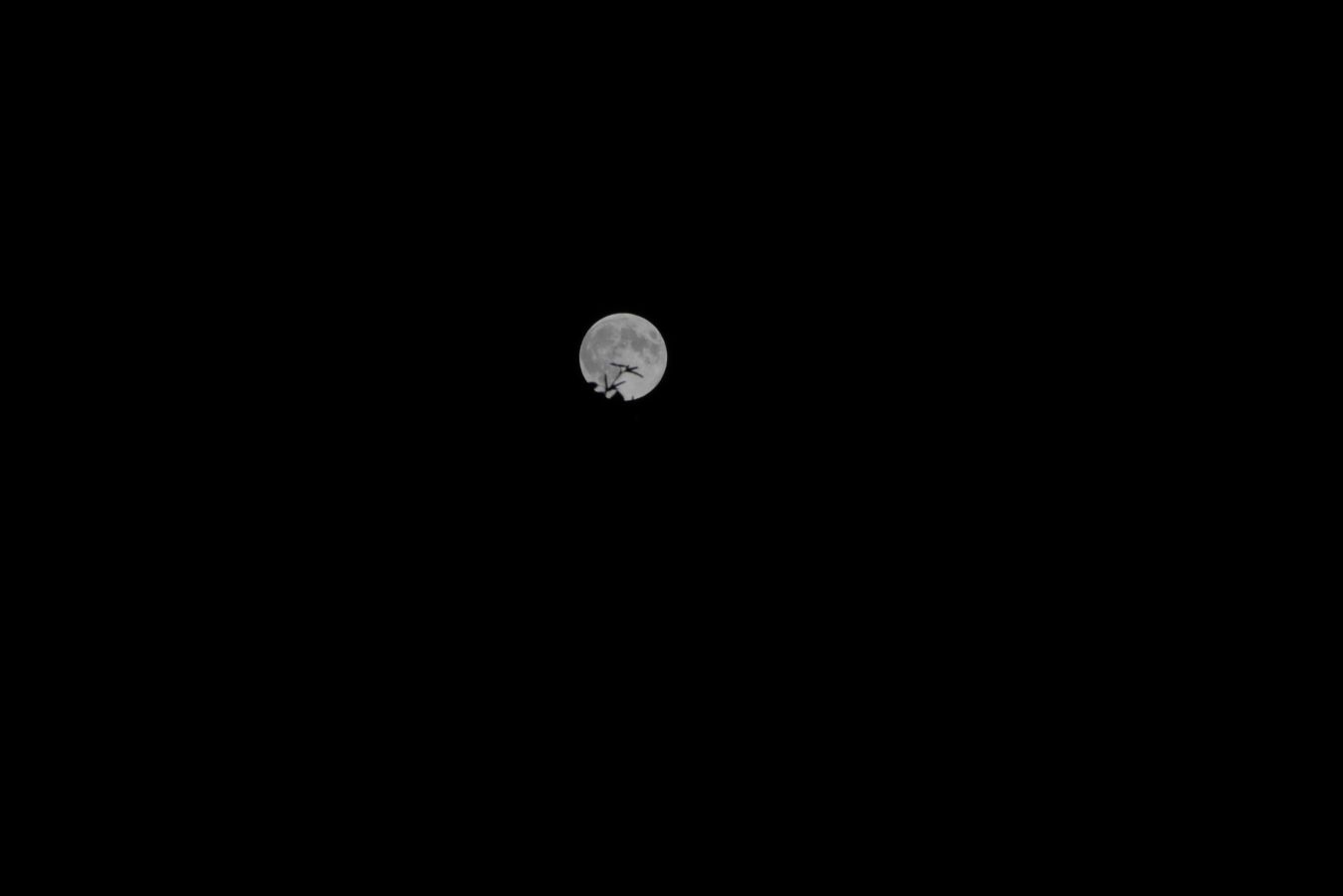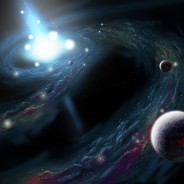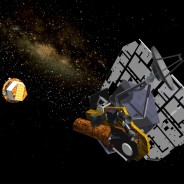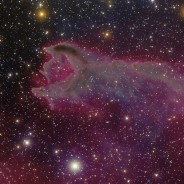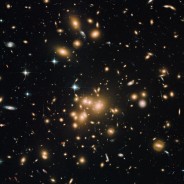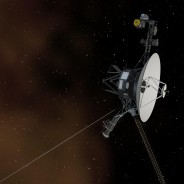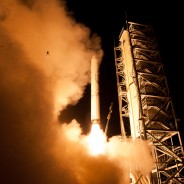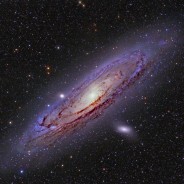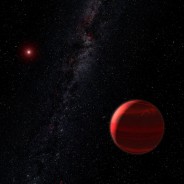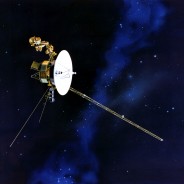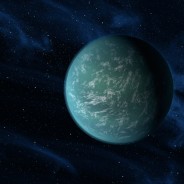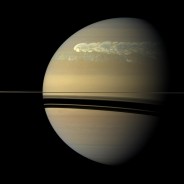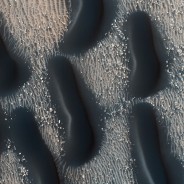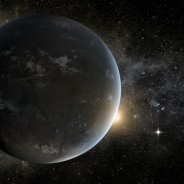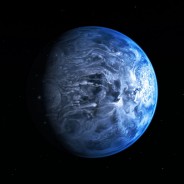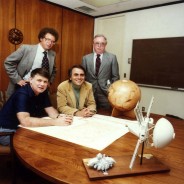I have a deep love for astronomy but I also love photography. I try and take astrophotography photos but I mostly take photos of landscapes and objects. There are two sets of photos on this page:
- My personal photography
- Photos I’ve used in all my posts (some are awesome as desktop wallpapers!
What are White Holes?
What are White Holes? White holes are one of the most interesting concepts in math. Maybe you’ve heard of them or perhaps this is your first time. Let’s answer the question what are white holes? A white hole is essentially the reverse of a black hole. Where a black hole sucks in matter faster than the speed of light a white hole expels matter and still attracts matter (we’ll talk about that in a second). Before I go any further a white hole is still hypothetical and it may always be hypothetical. The reason a...
read moreDeep Impact Spacecraft Still Not Sending Back Any Signal
Deep Impact Spacecraft Still Has no Signal or Communication Coming Back Well seems like there are major problems happening with NASA’s Deep Impact spacecraft. The mission of Deep Impact is to survey comets as well as observe them close up. The spacecraft was launched in 2005 and has traveled 7.58 billion kilometers (4.7 billion miles) in total thus far. Deep Impact mission controllers have been trying to establish a connection with the spacecraft for quite some time now. The last time there was a connection was on August...
read moreThe Strangest Creature in Space Called Cometary Globule CG4
The Strangest Creature in Space Called Cometary Globule CG4 This is one of the strangest looking “creature” objects in space. It almost looks like this is about to gobble up a galaxy. This is known as a cometary globule or CG4. This is a star forming region that could produce several suns like our own. Cometary Globule CG4 is located 1,300 light years away from Earth and its head is about 1.5 light years across. The actual size including the tail is about 8 light years long. The head is illuminated by the stars that...
read moreThe Largest Known Population of Globular Star Clusters
The Largest Known Population of Globular Star Clusters Hubble has discovered the largest known population of globular star clusters in the universe thus far. It may not seem like it at first but the photo shows 160,000 star clusters! To give you some perspective our Milky Way galaxy has about 150 star clusters. What does observing star clusters do for us exactly? Well studying globular star clusters helps astronomers understand the formation of galaxies. Not only that but it also leaves clues of how much dark matter these...
read moreIt’s Official Voyager 1 has Finally Reached Interstellar Space
It’s Official Voyager 1 has Finally Reached Interstellar Space! For a long time now there has been quite the debate over whether Voyager 1 had reached interstellar space. It’s clearly out of the solar system and the last barrier is the heliopause before Voyager 1 is truly in interstellar space. Here’s a breakdown of the voyage. The 36 year old spacecraft is approximately 19 billion kilometers (12 billion miles) from our sun. Interestingly Voyager 1 has shown data that it has been traveling through...
read moreFrog has Last Laugh with Epic Photobomb During LADEE Launch
Frog Photobombs LADEE’s Launch On Friday September 6 the NASA mission LADEE or Lunar Atmosphere and Dust Environment Explorer was launched into space to study the moon and get a more detailed look at the Moon’s atmosphere. Well LADEE wasn’t the only thing in the spotlight. A frog was caught in the middle of the launch (unfortunately) and is now immortalized in this photo. However why was the frog there in the first place? Was it by accident or did he just hop along to find what the fuss was all about? Well as...
read moreRecord Number of Black Holes Found in Andromeda (M31)
Andromeda Holds the Record of Most Black Holes Found in a Galaxy Other than Our Own Milky Way Andromeda or M31 is one of the most famous galaxies in astronomy. It’s located 2.5 million light years away and it’s on a collision course with our galaxy the Milky Way. NASA’s Chandra observatory has been observing the universe in the x-ray wavelength and discovering black holes all across the universe. For the last 13 years with 152 observations Chandra has been able to add 26 new black holes to the previous 9...
read moreStrange Brown Dwarf as Hot as Your Oven
Strange Brown Dwarf as Hot as Your Oven! Astronomers gain interesting insight on these failed stars or brown dwarf stars. Brown dwarf stars are essentially star like bodies that have a mass larger than a planet but too small to trigger nuclear fusion and ignite into a full fledged star. These stars are born with very little heat and can produce temperatures from 260 to 350 degrees Fahrenheit (125 and 175 degrees Celsius). Their mass can be anywhere from 5 to 20 times the size of Jupiter. Scientists have even discovered a brown...
read moreHappy 36th Birthday Voyager 1!
Happy 36th Birthday Voyager 1! We Hope You Aren’t too Lonely! Voyager 1 was launched by NASA on September 5th 1977. It is one of the most exciting spacecrafts NASA has launched simply because it’s travelling as far as it can go and it’s pushing the boundaries of space exploration. It is traveling at a break-neck speed of 17 km per second! For some comparison Earth orbits at 28 km per second. One of the saddest things is that Voyager 1 will no longer be able to power any of instruments in 2025. It’s...
read moreAstronomers Find Super-Earth 40 Light Years Away to Likely Have Water-Rich Atmosphere
Astronomers Find Super-Earth to Likely Have Water-Rich Atmosphere Located 40 light years away from Earth in the constellation Ophiuchus lies a super-Earth called GJ 1214 b. A group of japanese astronomers have been studying it to find out what kind of atmospheric properties it has. The research team used Subara Telescope’s two optical cameras with a blue transmission filter to observe the transit of the super-Earth. The observation would help them discern whether the planet had an atmosphere rich in hydrogen or water....
read moreThe Storms of Saturn
The Terrifying Look on the Storms of Saturn Saturn is the 2nd largest planet after Jupiter and it may look beautiful through a telescope but it can display some ugly and terrifying storms. The image above for example shows a famous storm on Saturn located in the Northern hemisphere. This storm has been ongoing since 2010 and has left a huge tail that almost circles the entire planet. To give you an idea that’s 300,000 km which is 25x wider than Earth! Actually new data was just released today about the new findings on that...
read moreThe Best Mars Landscapes You Haven’t Seen
You’ve Never Seen Beautiful Mars Landscapes Like this Before! Here are the Best Mars Landscapes Mars is an incredibly interesting planet and with the help of science fiction as well as space exploration efforts from NASA, ESA, and others we gain some remarkable information. To some Mars has a reputation for being a red desert with nothing exciting to look at. I am here to tell you otherwise. Hopefully by the end of this post you will gain a little excitement about the odd and beautiful landscapes of Mars. Let’s jump right...
read moreThe Rise and Death of the Kepler Mission
From Scientist to Mission: The Rise and Death of the Kepler Mission The Kepler mission is one of the most exciting and important missions to astronomers. Its main objective is to discover habitable planets like Earth orbiting around other stars. The mission was launched in March of 2009 and has collected 3,548 candidates of which 150 planets are confirmed (as of September 1st). 150 confirmed planets is certainly no where near the 3,548 candidates so you can imagine this will take several years to process the data. The initial...
read moreHD 189733b: A Jupiter Sized Alien Planet Where it Rains Molten Glass!
There is so much of the universe that is unknown by humankind, specifically at least 96% (unless we know what dark matter and dark energy is by now!). However, through the efforts of Kepler we are able to understand a little more about alien planets. This particular alien planet called HD 189733b rains molten glass. Yes that is right, molten glass. The Lowdown on Planet HD 189733b This planet is called HD 189733b and it is located 63 light years away (or 630 trillion KM from Earth) and was first discovered in 2005. This was also the...
read moreBruce Murray Director of Voyager Missions and Founder of Planetary Society Dies at 81
Bruce Murray 1931 – 2013 On Thursday August 30th, 2013 the world lost one of the most important scientists. A man called Bruce Murray who died at the age of 81 from Alzheimer’s disease. He is most famously known as the director for NASA’s Jet Propulsion Laboratory in California. It’s amazing and inspiring to know that Bruce Murray was the man behind the successful Viking landings on Mars, the Voyager 1 and 2 missions, as well as the Galileo mission to Jupiter and Magellan to Venus. Bruce Murray was also dubbed the...
read more
